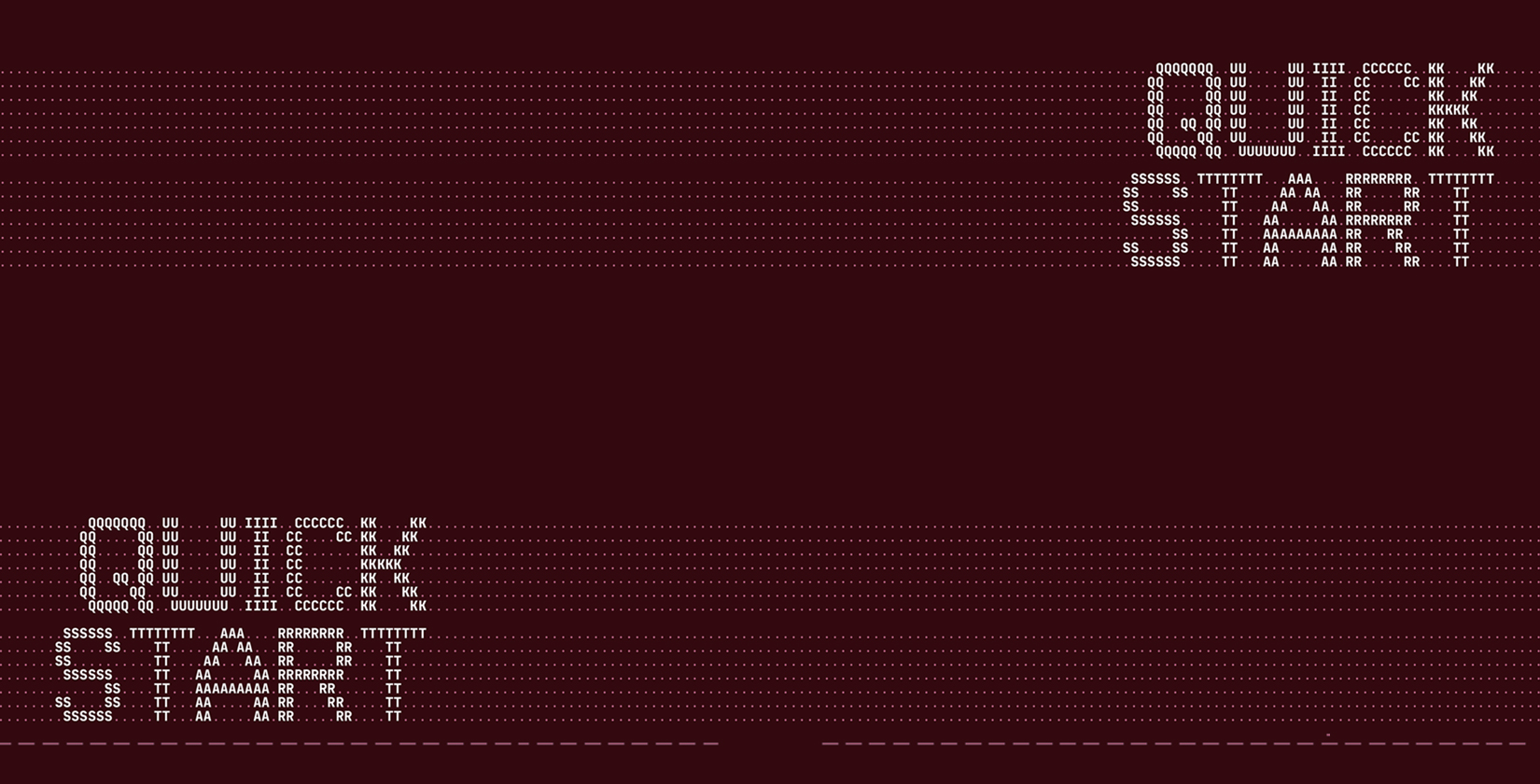UI design, or user interface design, is the process of designing the visual and functional components of software applications, websites or digital products. The goal of UI design is to create a user-friendly and visually appealing interface that enables users to easily navigate and interact with the digital product.
To begin with, the important components of UI design include:
- Layout: Layout refers to the arrangement of elements on a webpage or screen. Effective layout design ensures that all essential elements are displayed in a user-friendly manner, with good balance and hierarchy.
- Typography: Typography is the art of arranging text to make it readable, appealing, and meaningful. It includes selecting the right font, font size, line spacing and color choices.
- Color: Colors give an interface an attractive and interesting character, and also convey information to users. Choosing color schemes that are consistent, accessible and visually appealing is essential.
- Navigation: Navigation design relates to the placement and organization of buttons, menus and links, which are essential for users to move from one page to another, access features and complete tasks.
- Interaction: This refers to the way a user can interact with the elements on the page, such as buttons, forms and animations. A well-designed interaction helps users accomplish specific tasks effectively.
Finally, before designing a UI, it’s important to research and understand your target audience, their needs and preferences. By keeping the user at the center of the design process, you can create effective and user-friendly interfaces that meet their requirements.
